How to Create a Chinese Tea Ceremony for Sydney Weddings
There are several special circumstances in which tea is prepared and consumed in China: preparing and serving tea at weddings or visiting tea restaurants during holidays is a traditional way for younger generations to show respect to older generations.
Tea is also drunk to celebrate family gatherings and meet ups - for example, when a child leaves home.
For New Year celebrations, when socialising with family it is tradition to drink a sweet red tea. The sweet tea symbolises hope that the following year will also be sweet!
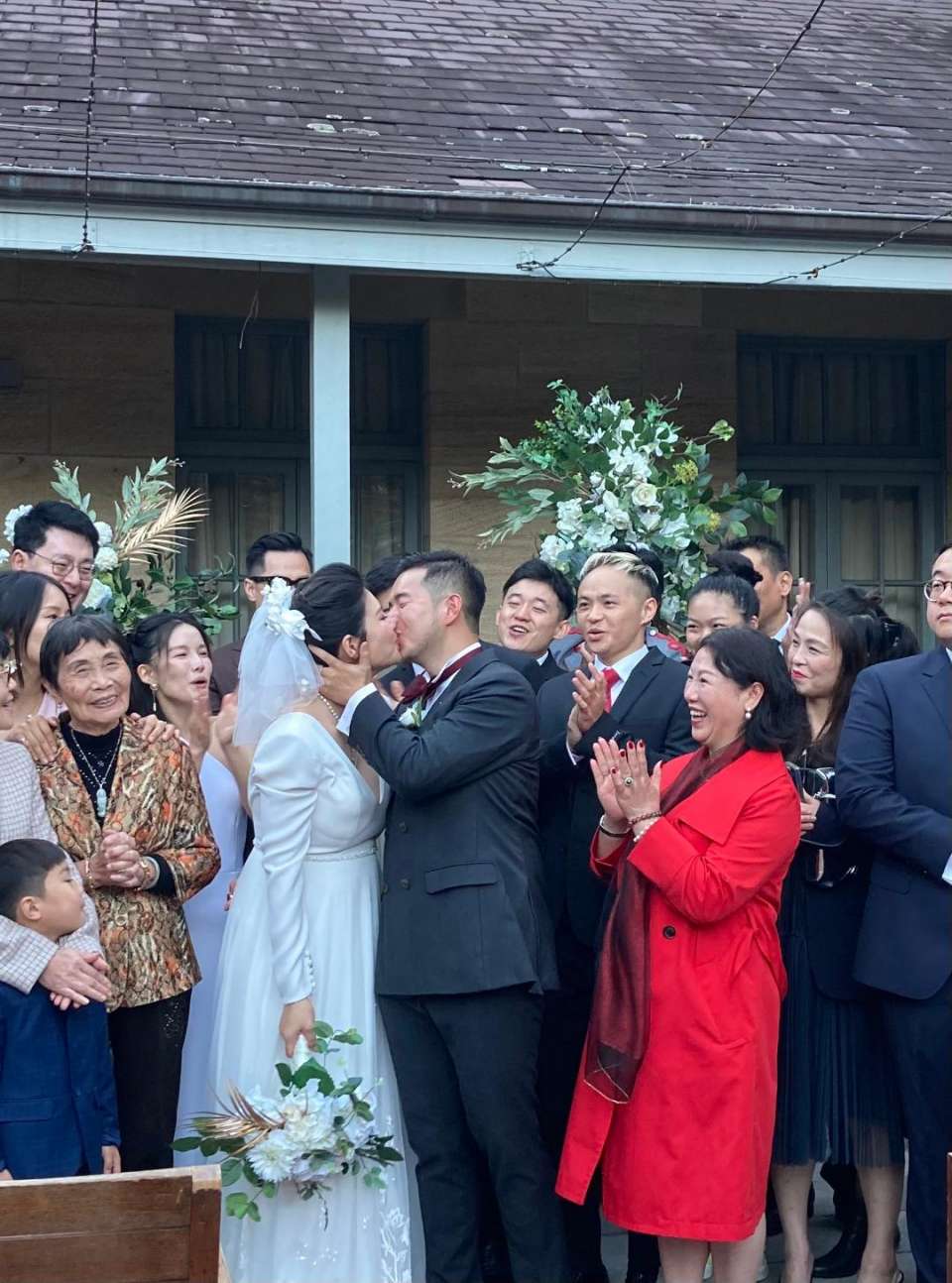
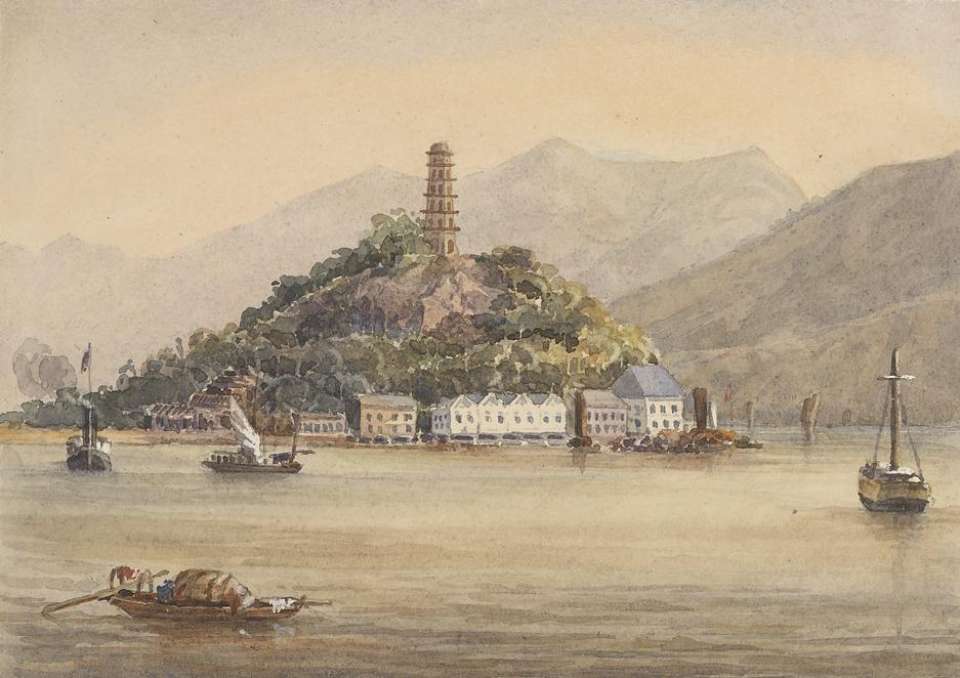
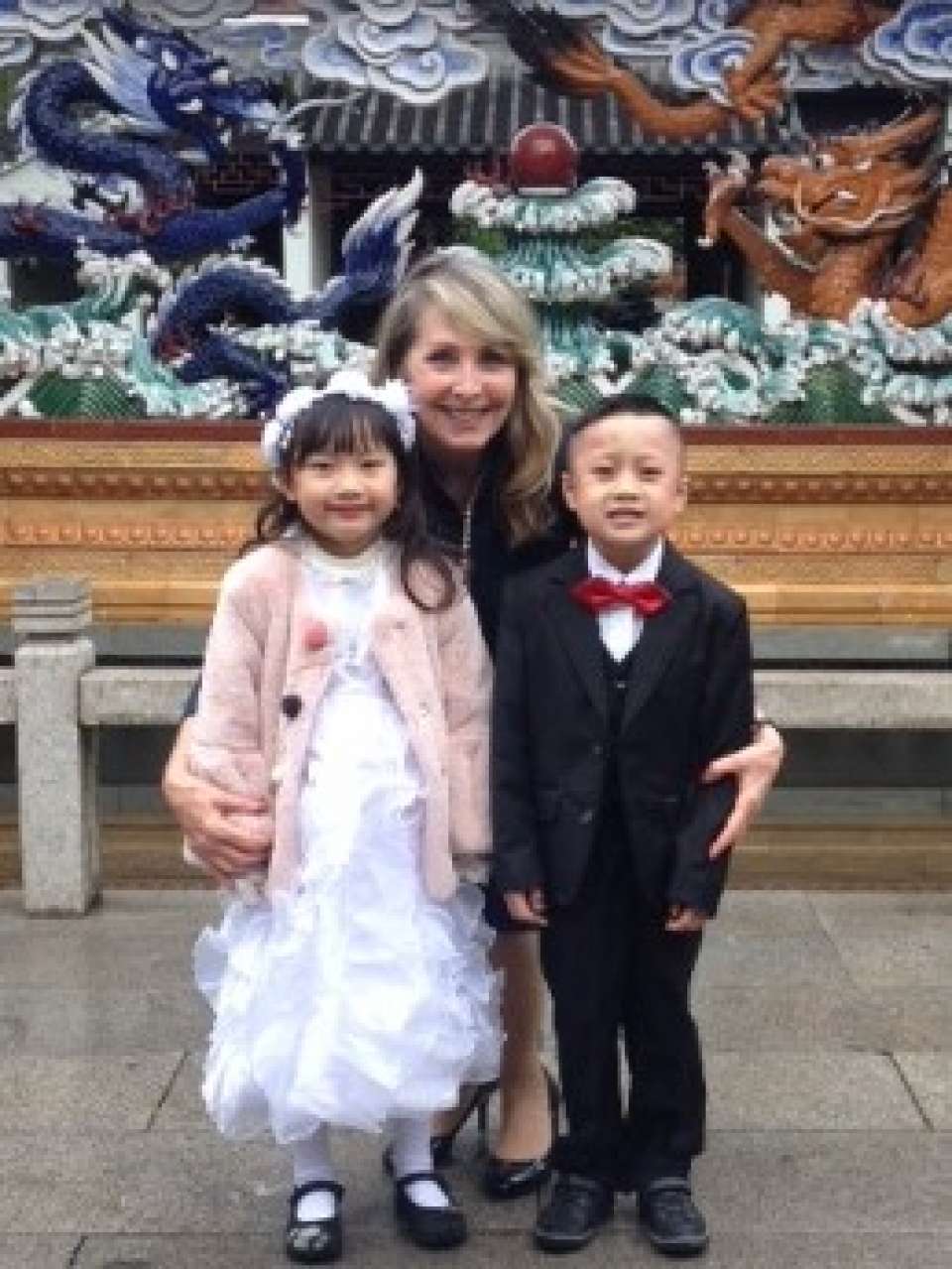
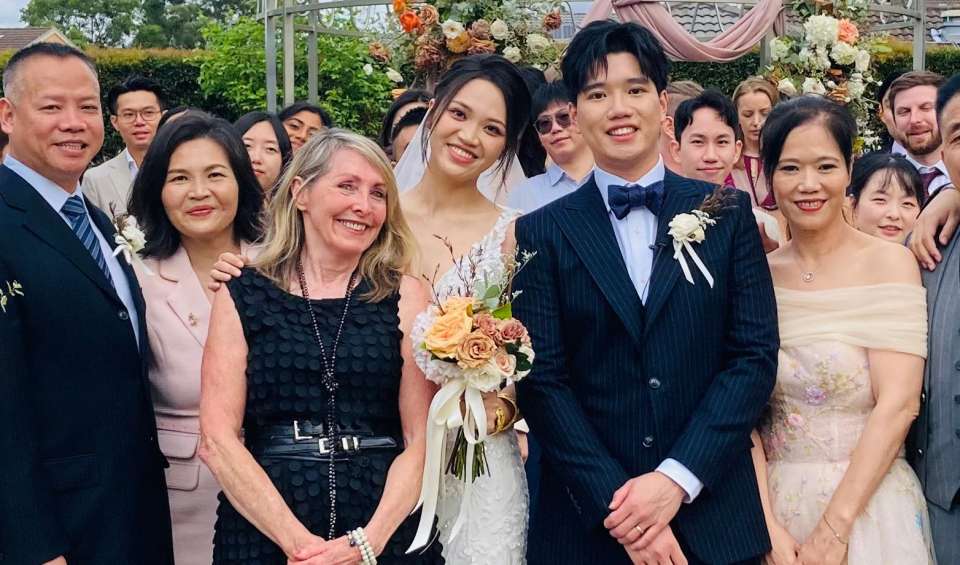
How much do you give at the Tea Ceremony?
How much do you give for tea ceremony?
The question of how much to give for a tea ceremony often comes up when one is invited to participate in this cultural tradition. The amount can vary depending on several factors, including the occasion, the host's expectations, and your relationship with the host.
In general, it is considered polite to give something to show your appreciation for being included in the ceremony. This gesture is known as "chai qian" or "tea money" in Chinese. The amount typically ranges from $10 to $50, depending on your budget and the formality of the event.
If you are close friends with the host, a smaller amount is acceptable. However, if the ceremony is a formal occasion or you are a guest of honor, a more significant contribution would be appropriate.
It is also important to consider the host's expectations. Some hosts may have a specific amount they expect or may even refuse your offer. In this case, it is best to follow their lead and respect their wishes.
When giving chai qian, it is customary to present it in an envelope. This gesture adds a level of formality and respect to the occasion. It is also a good idea to express your gratitude and appreciation for the opportunity to participate in the tea ceremony.
In conclusion, the amount you give for a tea ceremony should reflect your appreciation for the occasion and your relationship with the host. It is a personal decision that should be made with thoughtfulness and consideration.
History of tea ceremonies in China
Tea has been grown, drunk and traded in China for thousands of years. In fact, China is an original producer of tea and is renowned for its skills in planting and making tea. Traditions vary from province to province, but tea drinking is an integral part of all Chinese culture.
Customs of tea drinking spread to Europe and many other regions throughout the 15th and 16th centuries. In the 19th century, Cutty Sark was built in response to the sharp increase in consumption of tea in the UK.
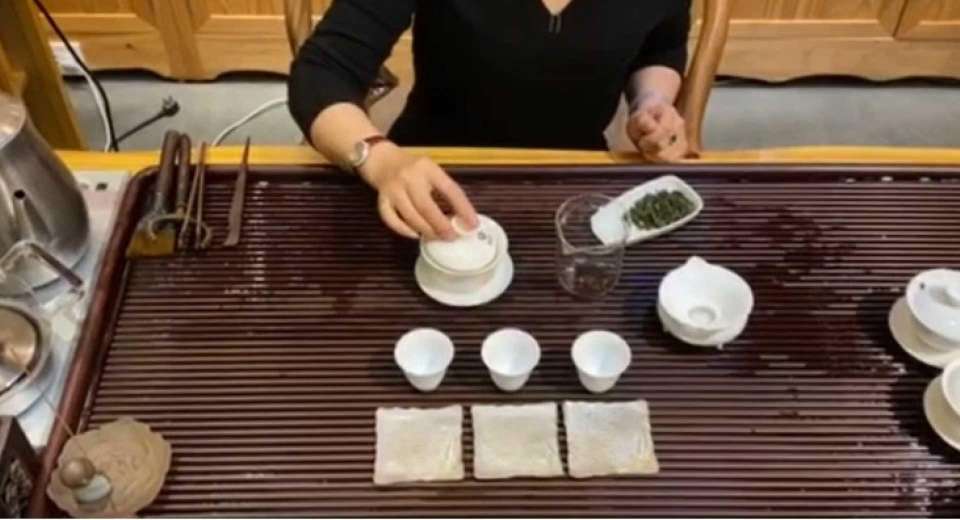
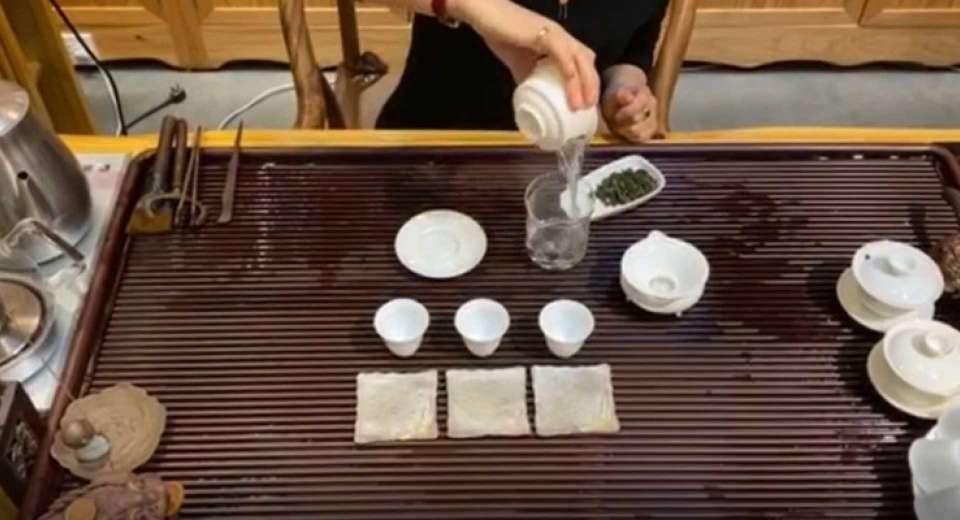
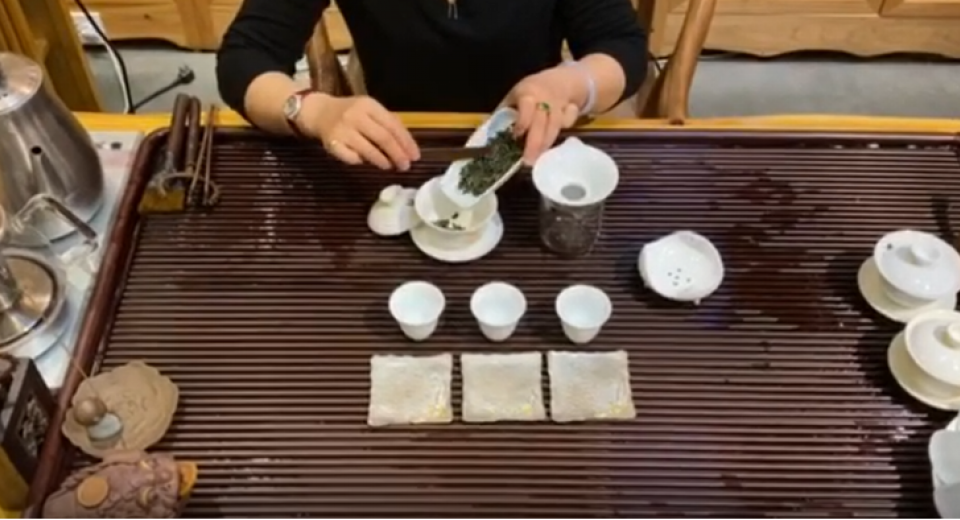
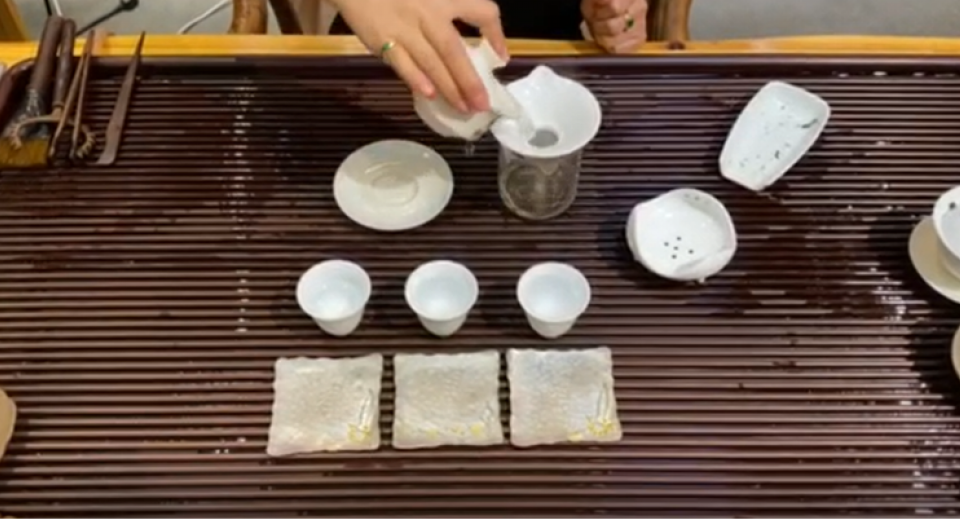
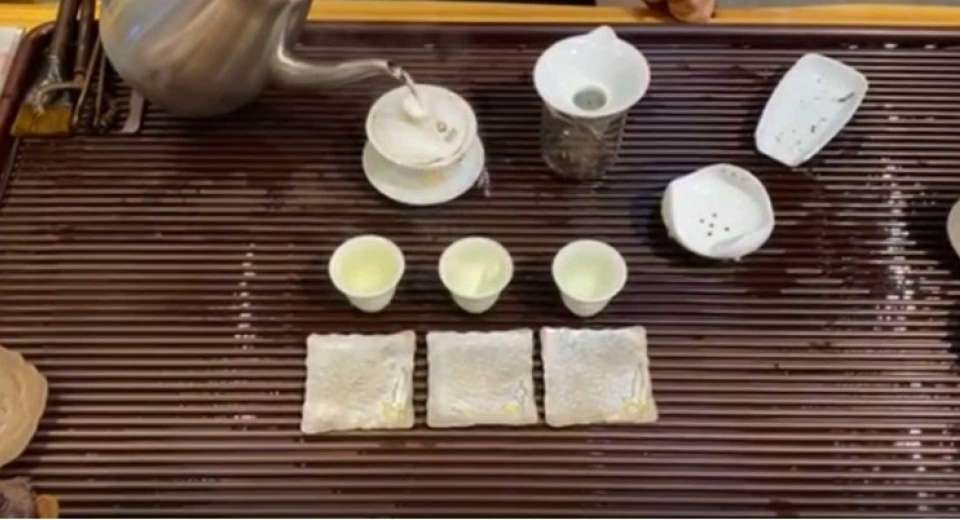
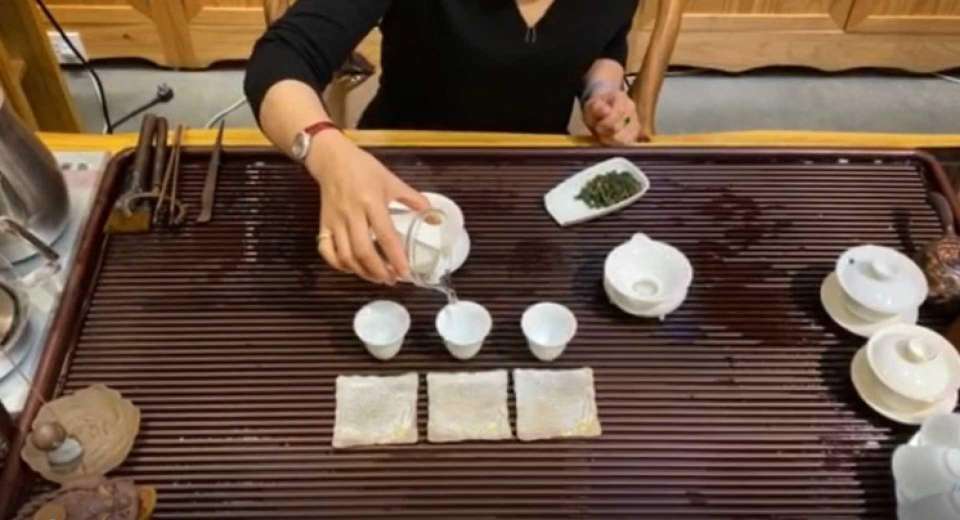
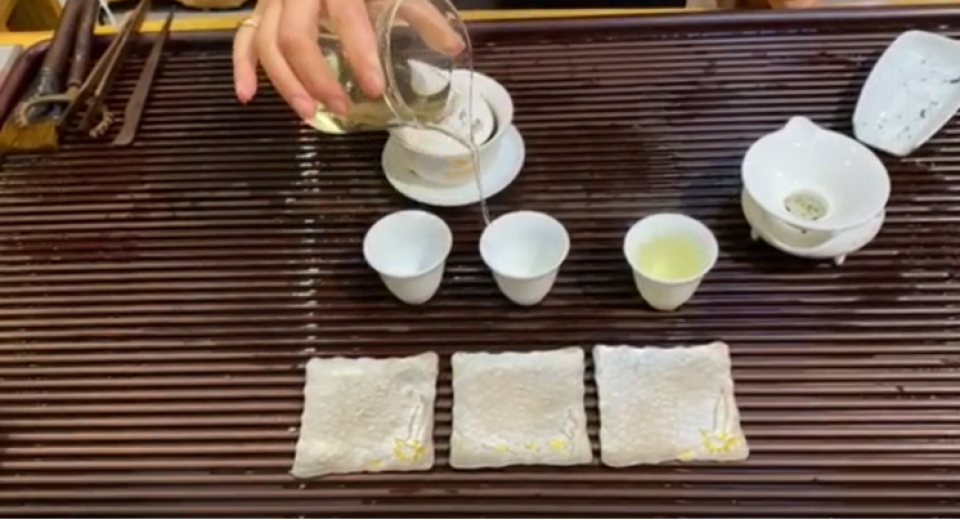
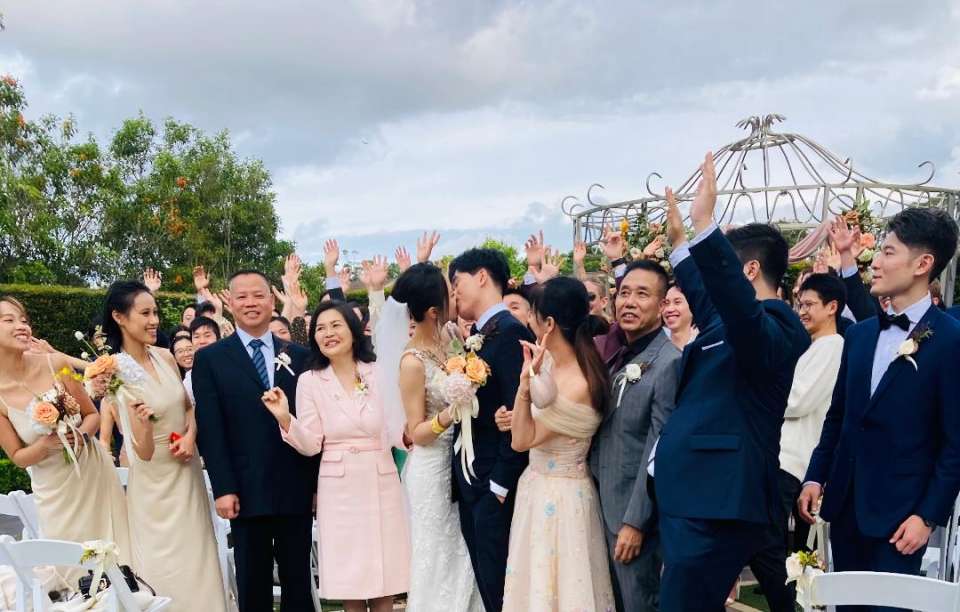
Roles & Responsibilities
• Tea preppers (brewing the tea and washing the cups, usually bridesmaids/groomsmen, siblings, cousins—be sure to avoid breaking any china, as it’s considered inauspicious. Translation, if some of your tea attendants are on the clumsy side, maybe give them another job!)
• Tea runners
• Tea servers
• Tea drinkers (the family members being recognized!)
• Tea offerers (the bride & groom!)
What you’ll need:
• A stovetop or electric kettle for boiling water and brewing the tea
• A Chinese tea
• A Chinese tea set – something red and cheerful with a double happiness character (囍) is ideal. Symbolic imagery with the pairing of a dragon and phoenix is also ideal.
• Symbolic bowls of dried dates, nuts, and candies
• Red decorations
• Two pillows, one for each person getting married to kneel on as a sign of respect
• 5-6 chairs, for the tea receivers to sit on – chairs should be moved in and out depending on the size of the group being served (anywhere from 1 individual to 6 aunts and uncles, for example)
• Optional: a Chinese wedding basket for placing gifts into
If you are getting married this year (in the year of the snake) I would love to hear from you!
Call me on: 0404463664
xJanet from Weddings I Do

